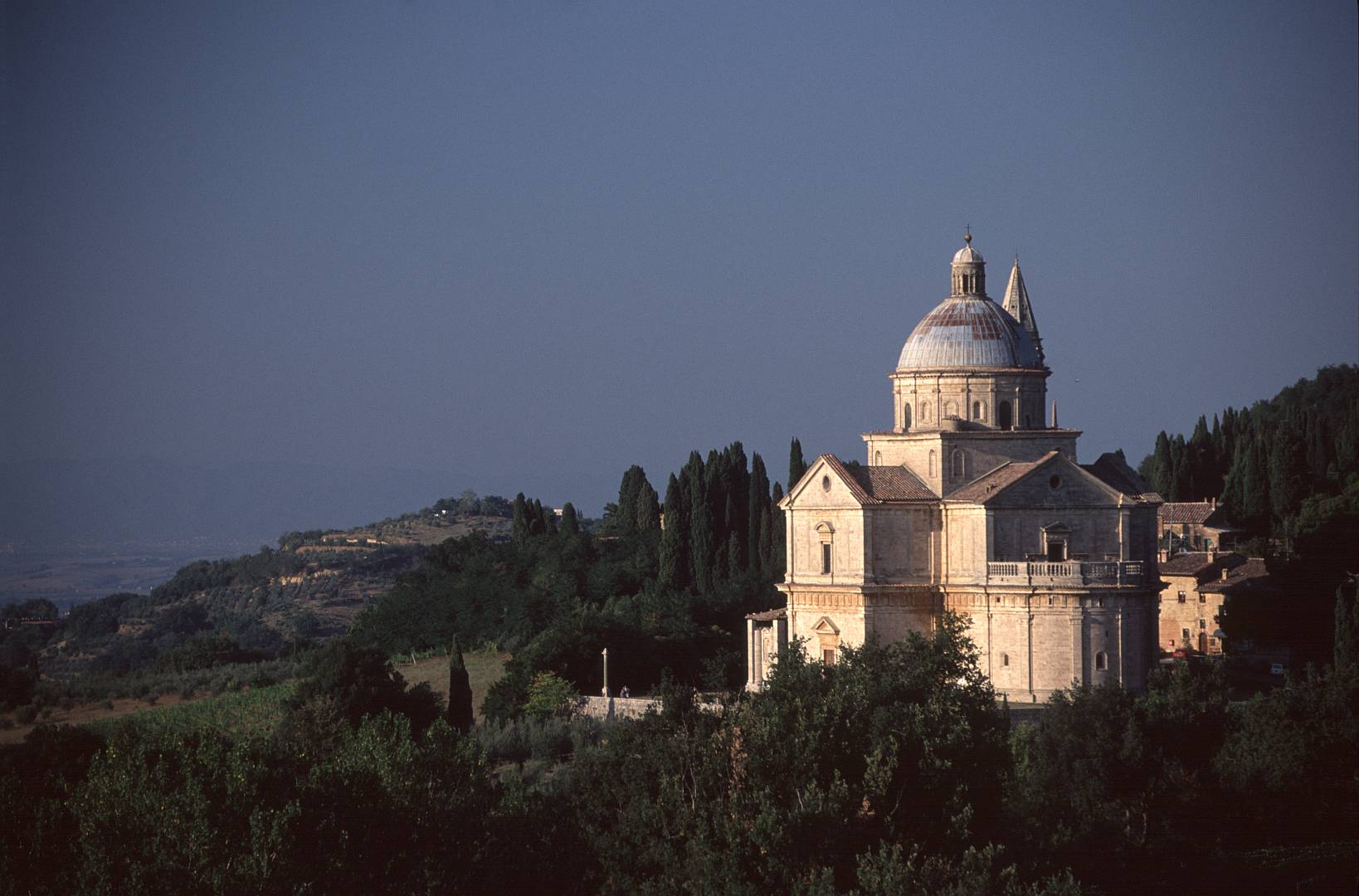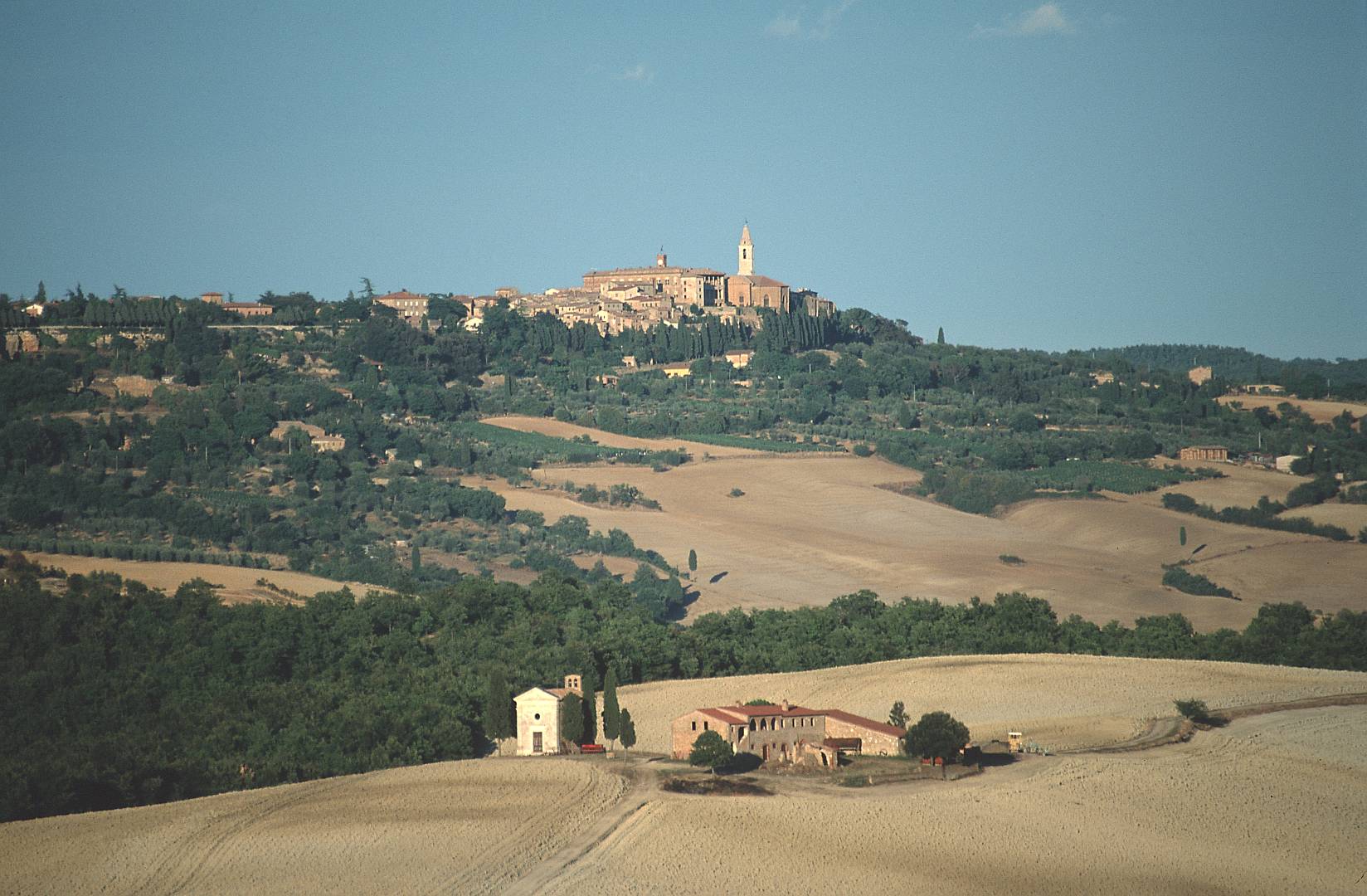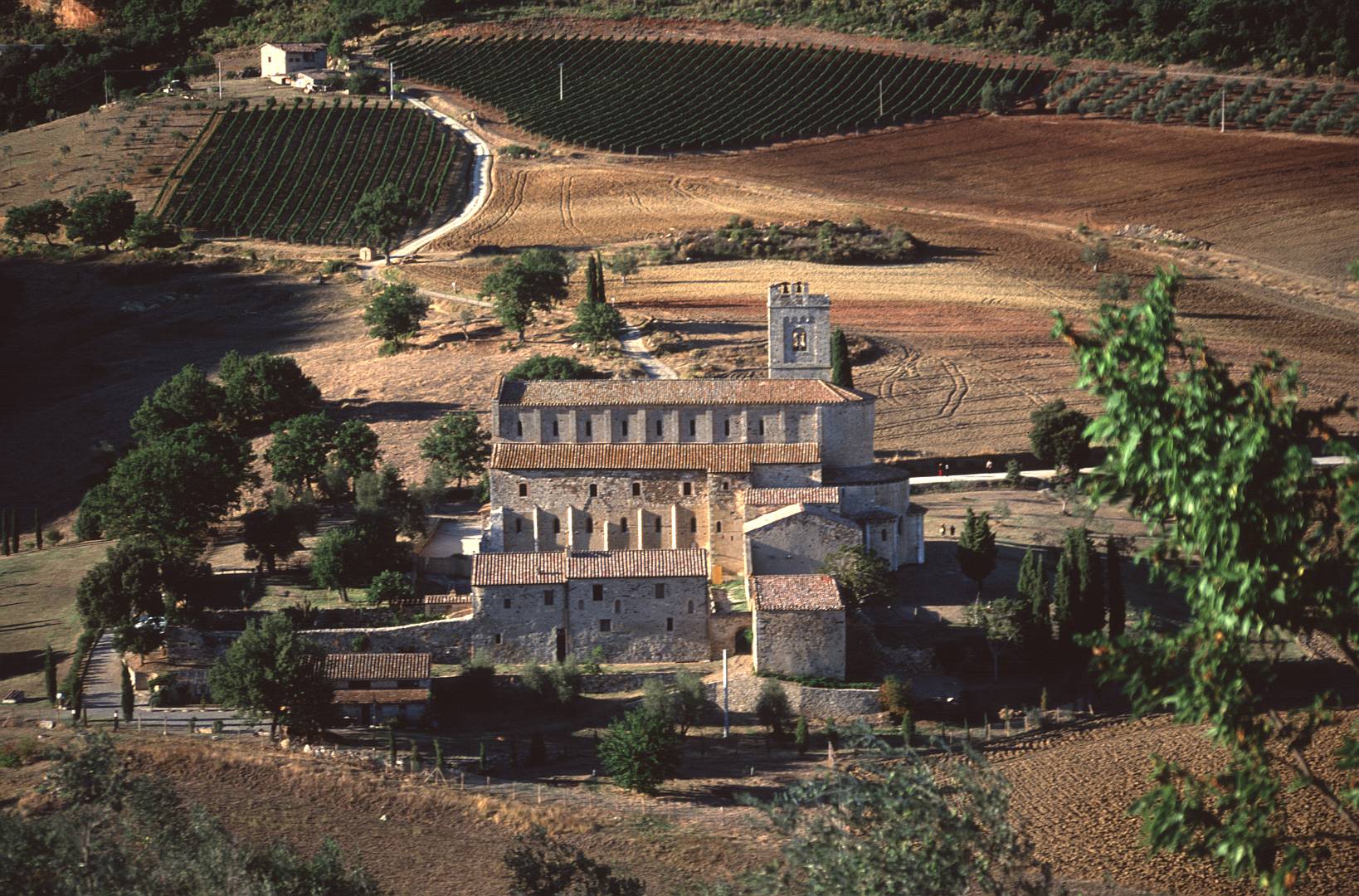For the history nerd, Italy and Italian history are a powerful drug. From where I am writing this, I can look out of the window and see a largely surviving wall that was built as a town fortification when Emperor Frederick II was in these parts, around 1250.
Somewhere beneath me, the foundations of this building sit on parts of a town wall built in the late Roman period (around 400 AD) when the Goths were invading. And I need only walk a hundred metres or so to see substantial remains of an Etruscan-Roman wall, dating from the 2nd Century BC.
This is heady stuff, particularly if one comes from a “young” country like Australia (I put that in quotation marks to acknowledge a non-indigenous perspective). But even people from “old” countries like Britain and Germany, when visiting Italy, are aware that they are surrounded by places that witnessed the events, the people and the art that they read about at school. As Samuel Johnson said in the 18th Century, “a man who has not been in Italy, is always conscious of an inferiority, from his not having seen what it is expected a man should see”.
To have rectified that deficiency is a powerful intoxicant and you do rather get drunk on it at first, like grand tourists of three hundred years ago. The first time we came to Italy, two decades ago and in somewhat less style than 18th Century grand tourists, the time taken to drive from Rome Ciampino airport to our accommodation in Umbria was extended by my desire for frequent stops to take photographs of landscapes that looked as if they belonged in the background of a painting by Leonardo. And indeed I read somewhere (my apologies for being unable to attribute the quote) that part of the appeal of central Italy to visitors is its familiarity, their having seen it before behind the madonnas and saints painted by Perugino, Pinturicchio, Botticelli, Raphael and the rest.
For the photographer, the fascination is not only a result of the potential subject matter, but the light itself. On that first visit, I recall driving between Pienza and Montepulciano in a late afternoon in August, and reflecting not just that I was looking at some of the most beautiful places in the world, but that God had obligingly slipped an 81C warm-up filter over the sun.
Here are some pictures taken on that first visit when I was giddy with the beauty of it all. All are very conventional, and all were taken on a Canon EOS 50E camera with either a Canon 28-80 zoom lens or a Sigma 70-300 zoom lens, and Fuji Velvia 50 35mm film.




And yet – returning to the present – if I look through my window, in the distance down in the valley beyond the 13th Century wall I can see modern supermarkets and factories, and trucks speeding along a motorway. If I turn on the TV in the evening I can see adverts for mobile phone providers interrupting the cheesy quiz shows. Last year I was looking at a landscape that the Etruscans would have walked upon, when a high-speed train shot through the middle of it.
When I first started coming to Italy, this juxtaposition of old and new was unwelcome. I winced at graffiti on medieval walls, advertising billboards in otherwise historic scenery, and light industry in front of Renaissance towns.
In my photography, I often still strive to capture the old Italy to the exclusion of the new, for aesthetic reasons. One of my favourite pictures, of Urbino, was greatly improved by a morning mist that hid the bus station which would otherwise have been in the foreground (I won’t reproduce the picture in this post, because I plan to make it the subject of a future “history in focus” post). Edit: here it is. And the modern supermarkets, factories and motorway that I can see from my window are likewise often hidden in the early morning by a low mist that turns all the medieval villages on the high ground to islands in a timeless sea.
But the paradox is really only in the mind of the beholder. In fact, in seeing the paradox, one is committing the same offence that Luigi Barzini (see below) attributes to the Grand Tourists of the 18th Century, who saw the Italians as not entirely worthy custodians of Italian history:
“The concentration on art, nature and the remnants of Roman antiquity was perhaps one of the reasons why the rest of the Italian scene seemed to interest travellers so little” (writes Barzini). “They watched the contemporary life of the people with the absent-minded detachment with which Egyptologists consider the mores of Fellahin in Egyptian villages. The people crowding the streets in their colourful costumes were seldom described and then only as if they were not really alive, but quaint wooden puppets in a vast Presepio (note 1)”.
Later Barzini quotes a particularly offensive passage from Ruskin that I am too ashamed to repeat here.
Modern Italians are justly and deeply proud of their heritage, and conscious of their responsibility to it, yet they do not wish to be considered as just museum-keepers. Theirs is also a modern country, although they would repudiate the Italian artistic movement called “Futurism” at the start of the 20th Century which went so far as to call for the destruction of museums, libraries and ancient monuments. While its violence was fortunately more a matter of cafe rhetoric than action, the movement’s fascination with war as the agent of cleansing destruction, and its association with the proto-fascist poet Gabriele d‘Annunzio, has led it to be associated with fascism. But in the 1920s and 30s the communists were just as enthusiastic in their denial of historical Western culture, as indeed are today’s political extremists.
The solution to the paradox is either to ignore it and only see the old Italy, or to embrace it, and see and love them both – the country that produced both Botticelli and Berlusconi, both a Madonna of Filippo Lippi and the 1980s-style dancing girls gyrating on nightly TV. Loving the new takes more effort, and isn’t for everyone. So I don’t despise the tourists I see wandering around gaping in delight at the beauty of the old Italy; to do so would be doubly hypocritical, not just because I was once as they are now, but because when I see perfect light falling on a perfect medieval scene, or wander by chance into a roadside church and see a Perugino fresco, I still feel a bit of that intoxication that I first did. And I hope that people keep visiting Italy for generations to come, and feel it too.
A while ago I posted on the pleasure of old travel books on Italy – which, by and large, do fit within the tradition of venerating the past while treating the inhabitants of the present as character actors in walk-on parts. So what modern books are there which might better manage the task of capturing the old and the new? There is certainly no shortage of contemporary books on Italy in English. But many of them fall into two categories, described with only slight overstatement by Beppe Severgnini (note 2) as follows:
“Almost all modern accounts of the country fall into one of two categories: chronicles of a love affair, or diaries of a disappointment. The former have an inferiority complex towards Italian home life and usually feature one chapter on the importance of the family and another on the excellence of Italian cooking. The diaries take a supercilious attitude towards Italian public life. Inevitably, there is censure of Italian corruption and a section on the Mafia.
“By and large, the chronicles of love affairs are penned by American women, who display love without interest in their descriptions of a seasonal Eden, where the weather is good and the locals are charming. The diaries of disappointment tend to be produced by British men, who show interest without love. They describe a disturbing country populated by unreliable individuals and governed by a public administration from hell.”
I will recommend two books which fall into neither category, both, as it happens, titled The Italians. The first is by Luigi Barzini. Barzini (1908-1984) spent part of his youth as a journalist in America, during which time he developed an easy and approachable writing style in English (regrettably, the ornate quality of written Italian, if too faithfully captured in translation, can come across to English readers as turgid and ponderous). Published in 1964, The Italians is necessarily a bit dated, but feels a lot more modern than H.V. Morton’s A Traveller in Italy, published in the same year.

The second book is by John Hooper, published in 2015. Hooper is, or was, the Italy correspondent of The Guardian and The Economist, and his writing is as good as you would expect from the latter. There is an article by him regarding the book on the Guardian website.

Barzini was in Italy during the Second World War and was interned by the fascists. As a journalist in Italy for 15 years, Hooper saw plenty of the grittier side of Italian life. So neither of them is inclined to sugar-coat their descriptions. But to me both accounts manage, to use Severgnini’s terminology, to combine both interest and love.
Note (1) Literally a “manger”, a presepio is a nativity scene. By convention the tradition of constructing model nativities was started by St Francis. They often include quaint scenes of daily Italian life in addition to the official participants. See here for an article about them.
Note (2) In Severgnini’s book “La Bella Figura”. Confusingly, it is also published as “An Italian in Italy”. Annoyingly, I have acquired copies under both titles, believing, on the second occasion, that it was a different book.
